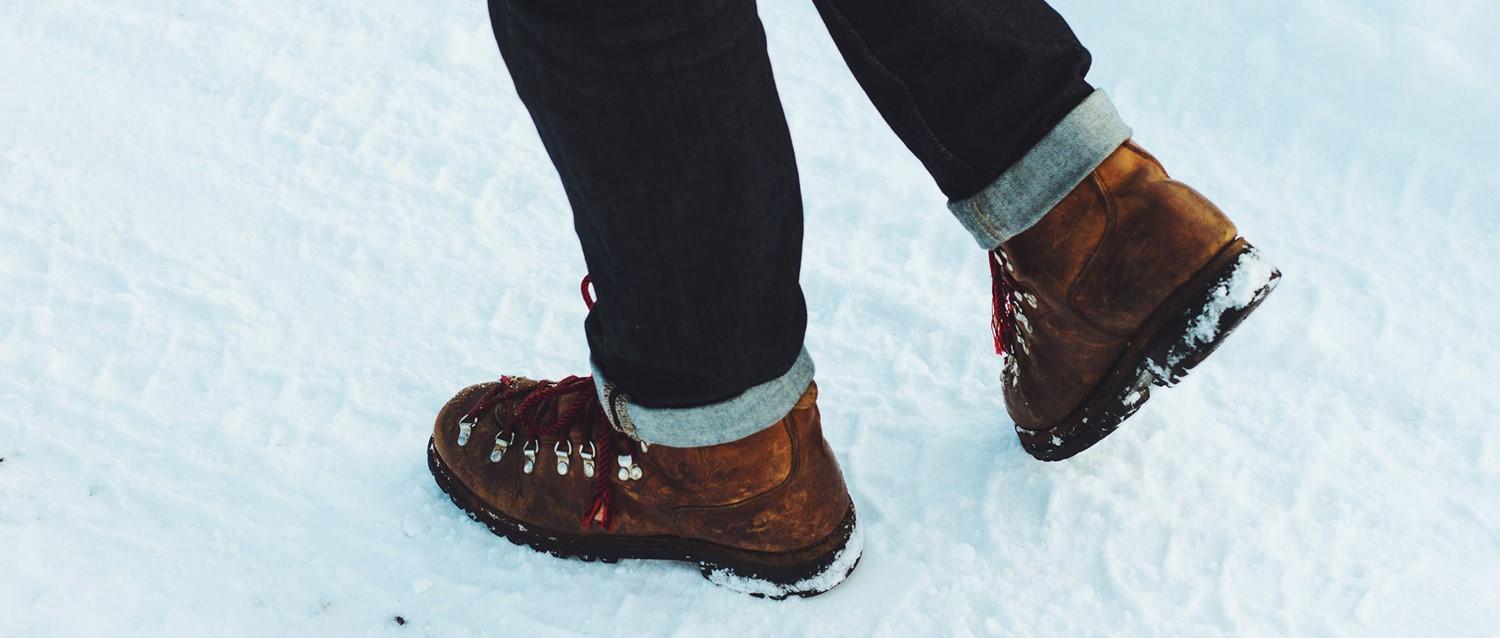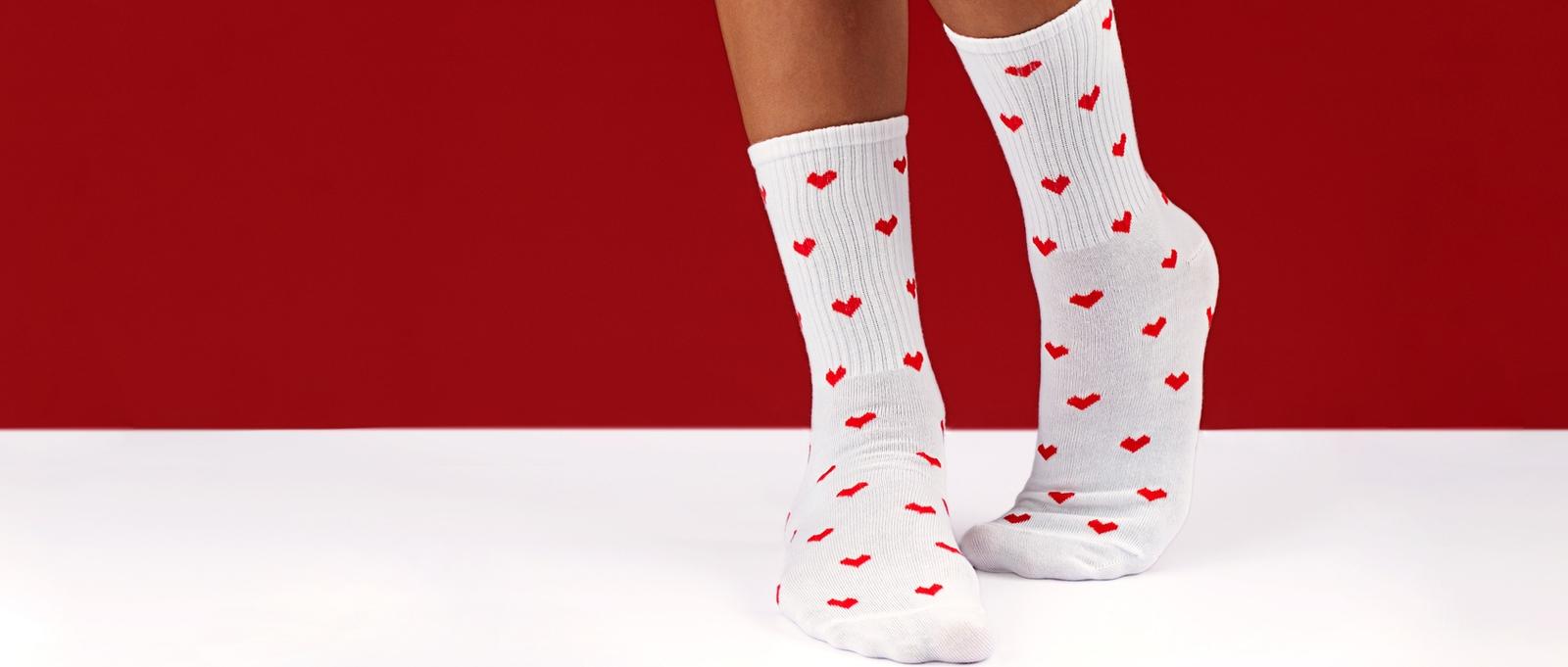
How to find out what's causing your foot pain
Peer reviewed by Dr Hayley Willacy, FRCGP Last updated by Dr Sarah Jarvis MBE, FRCGPLast updated 13 Mar 2018
Meets Patient’s editorial guidelines
- DownloadDownload
- Share
- Language
- Discussion
Our feet pound the streets every day, carrying all our weight, so it's hardly surprising that sometimes we experience foot pain. So don't fling on any old shoes without a thought - your footwear options could have a high impact on your foot health.
In this article:
Continue reading below
Bunions could be causing foot pain
Bunions - those unsightly V-shaped lumps at the base of your big toe - can cause skin rubbing, infection, pain and inflammation. . They can also make it hard to find shoes to fit. Doctors used to think they were all down to wearing tight pointy shoes. But while these can undoubtedly make matters worse, it's more often an inherited tendency to weakness in the joint, or arthritis, that triggers bunions in the first place.
Roomy flat or low-heeled shoes that don't squash your toes will reduce friction over the base of the toe and may be all you need. A podiatrist can advise on the best shoes and padding over the bunion. In troublesome cases, your doctor may recommend surgery. This isn't an easy option - it involves either trimming the joint or breaking and realigning the bones, but it does usually offer a permanent cure.
Your toenails could be causing foot pain
Do you cut your toenails down at the edges? Just - don't - ever! It's a major cause of painful ingrowing toenails, which usually happen when the side of the nail grows into the tender flesh. Caught early, letting the toenail grow out (soaking and teasing out the nail every evening with a cotton bud) may solve the problem. You can find out more details of how to go about it in our leaflet on ingrowing toenails.
Otherwise, antibiotics and sometimes surgery to cut away the edge of your nail may be needed. It's usually done by a podiatrist or 'podiatric surgeon'. Podiatrists can help with corns, verrucas, ingrowing toenails, toenail clipping and a host of other foot problems - often on the NHS. Unfortunately, budget restrictions within the NHS means that services are decided by the authorities in individual regions, and some have stopped commissioning services such as toenail cutting, or limited services to people with specific conditions such as diabetes.
Continue reading below
Plantar fasciitis could cause you foot pain
Plantar fasciitis is an inflammation of the tough connective tissue under your heel. Often a sudden increase in exercise (especially in shoes that don't have good cushioning in the soles) is a common cause, but being overweight makes you more prone too. Rest, anti-inflammatory tablets,well cushioned, and comfortable shoes may help.
So can exercises to stretch the connective tissue of your foot and ankle. You can find out more in our leaflet on foot pain, or watch our resident physiotherapist taking you through a range of exercises in our foot pain video. If these don't help, physiotherapy or a steroid injection into the painful spot may be recommended.
Athlete's foot could be causing your foot pain
Athlete's foot isn't just for athletes - any shoes that make your feet hot and sweaty can make you prone to this fungal infection, which causes itching, scaling and painful splitting of the skin between the toes. Antifungal creams and powder (to soak up sweat) should solve the problem, although you'll need to keep using the cream for a week or two after the problem has gone (your pharmacist can advise).
To prevent it coming back, follow these simple tips:
Wash your feet daily.
Dry really thoroughly between the toes, using a clean dry towel.
Use cotton socks to let your feet breathe.
Change your shoes every couple of days to let them dry out.
Don't wear trainers without socks.
Find some time for bare feet at home.
Continue reading below
Keeping feet healthy
For healthy feet, follow a few simple shoe-wise steps. Don't forget however, if you have diabetes, it's essential to check your feet daily and report any sore patches or ulcers to your GP.
Pumps are fine now and again, but they don't provide support for your arches so can cause aching. They can also cause clawing of your toes. Tight shoes make you prone to ingrowing toenails as well as corns and calluses. Wearing high heels forces your feet forward, squashing your toes and making bunions more problematic. It may not be the season for flip-flops, but they do let your feet breathe, reducing the chance of athlete's foot. Like pumps, however, they don't offer support and are easy to trip on, causing falls.
Leather shoes let your feet breathe in a way synthetic ones don't. Well-fitted trainers with plenty of padding cut the risk of plantar fasciitis and corns, but don't wear them too long if you want to avoid athlete's foot. Shop for shoes at the end of the day, when your feet are a bit bigger. For a smarter look, kitten heels with an ankle strap look smart - and they're a smart choice for your feet, too.
Patient picks for Foot problems

Foot care
Tips to prevent common foot injuries
Foot injuries are both very common. Yet many typical foot injuries from running or playing sports - or just from daily life - are preventable. Here's how to keep your feet healthy and avoid injury.
by Victoria Raw

Foot care
Video: Foot pain exercises
There are two main aims of physiotherapy for plantar fasciitis. The first is to control inflammation; the second is to stretch the muscles and connective tissue in the calf. Symptoms of plantar fasciitis are often brought on or made worse by tightening of these tissues. These exercises should take about 15 minutes a day. Once your symptoms are controlled it's worth getting into the habit of doing them once or twice a day to reduce the risk of symptoms coming back.
by Lilly Sabri, MHPC
Continue reading below
Article history
The information on this page is peer reviewed by qualified clinicians.
13 Mar 2018 | Latest version

Ask, share, connect.
Browse discussions, ask questions, and share experiences across hundreds of health topics.

Feeling unwell?
Assess your symptoms online for free
Sign up to the Patient newsletter
Your weekly dose of clear, trustworthy health advice - written to help you feel informed, confident and in control.
By subscribing you accept our Privacy Policy. You can unsubscribe at any time. We never sell your data.